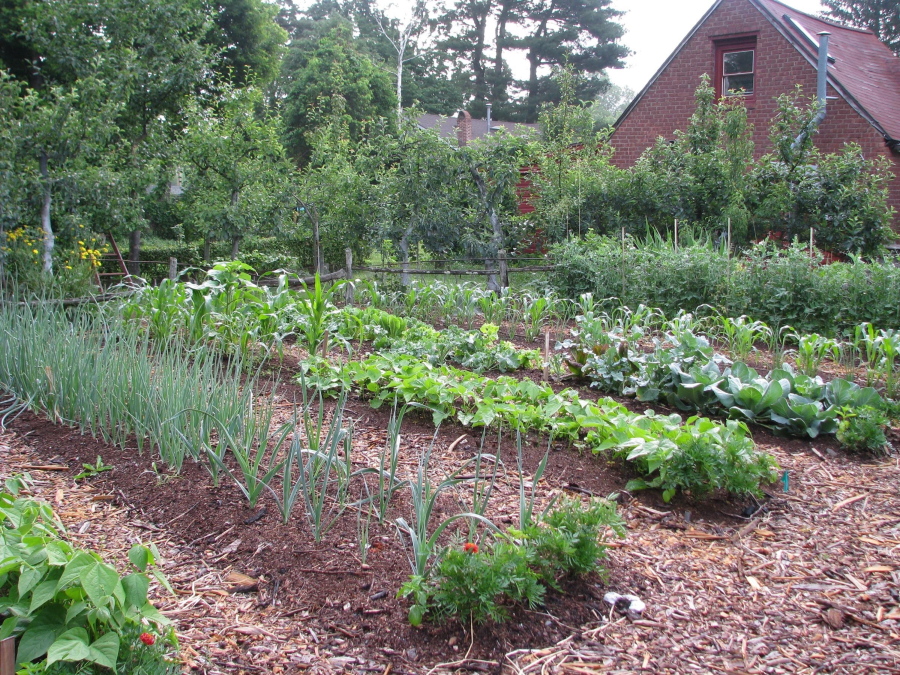Home-grown vegetables are delicious not only for their freshness, but also because you can choose what to grow based on flavor, rather than commercial qualities. Some basics for getting started:
Where to plant
Most vegetables require six or more hours daily of sunlight. Lettuce, arugula, spinach and other leafy vegetables can get by with a little less.
As for soil, water drainage is the most important consideration. Don’t plant where water sits for long periods after rains. Your vegetables will thrive wherever lawn grass or most garden flowers grew well.
A plot 15 feet on each side will yield an amazing amount of fresh vegetables.
Whatever size your garden, the closer it is to your home, the more care it will receive.
No yard space in which to plant vegetables? No problem. Grow them in tubs, flowerpots or other containers. Again, drainage is important. Containers should have drainage holes in their bottoms. Fill them with potting soil, not garden soil, because it doesn’t drain well within the confines of a container, even if it does so in open ground.
Readying the ground
As an alternative to the traditional digging or rototilling, here’s a way of clearing existing vegetation from your proposed garden site: Just cover the whole area with newspaper, four sheets thick and overlapped, or “landscape paper.” Wet the paper in either case to prevent blowing. Then mark out areas with string for 3-foot-wide beds separated by 18- to 24-inch-wide paths.
Now check with local stores or online for “compost.” If your garden is going to be small, bagged compost from a garden center might be enough. Otherwise, have it delivered in bulk. What you need is enough compost to spread an inch or more deep in each designated bed, over the paper.
For the paths, all you need is any weed-free, organic material such as wood chips, wood shavings, sawdust, straw or pine needles. Lay down just enough to hide the paper.
The advantage of this nontraditional method of preparing the soil is that it’s quicker, less disruptive to soil life, and results in fewer weeds.
Timing is important
Planting time depends on where you live. Find out the average date of the last killing frost in your area; you can call your county Cooperative Extension office for the date. Since we can’t predict weather, we go by averages.
Vegetables can be divided into those that thrive in cooler weather and those that thrive in warmer weather. Cool-weather vegetables can be planted outdoors a few weeks before the average date of the last killing frost. Warm-weather vegetables can be planted outdoors about a week after that last frost date.
Not to muddy the waters, but within each of these categories are vegetables whose seeds you plant directly in the garden, and those that require so long a growing season that you need to purchase transplants (seedlings) for planting. Putting all this together for some common vegetables breaks down this way:
- Cool-weather vegetables for seeding directly in the garden: lettuce, spinach, kale, arugula, peas.
- Cool-weather vegetables planted as transplants: broccoli, cabbage, Brussels sprouts.
- Warm-weather vegetables for seeding directly in the garden: beans, corn, cucumber, okra, squash.
- Warm-weather vegetables planted as transplants: eggplant, pepper, tomato.
Now you’re on your way to great-tasting vegetables, plus the other benefits afforded by a backyard vegetable garden.



